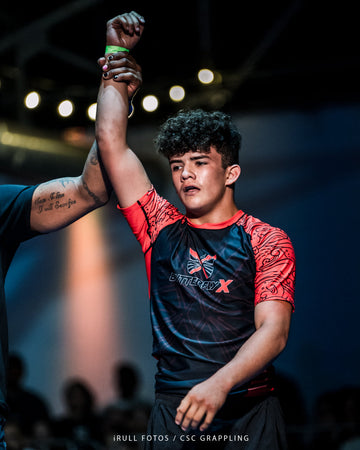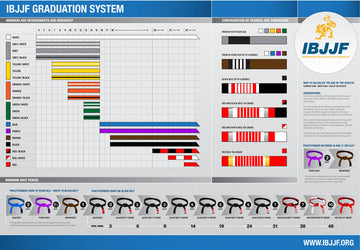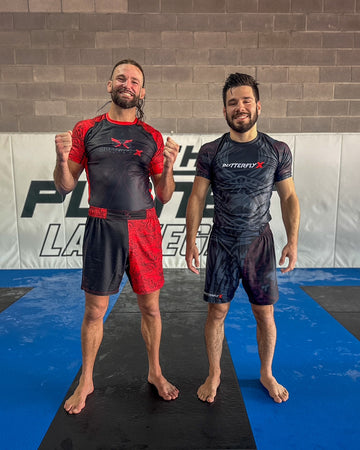The Top 5 Beginner Jiu-Jitsu Moves for White Belts
Starting Brazilian Jiu-Jitsu can feel like stepping into another dimension. New terminology, strange positions, a tangle of limbs — and somehow everyone seems to know what’s happening except you. That’s normal. Every black belt once sat where you are now, trying to make sense of “guard,” “shrimping,” and “base.”
This guide breaks down five of the best beginner Jiu-Jitsu moves and positions every white belt should learn early on. These techniques build a foundation that will serve you all the way through your Jiu-Jitsu journey. While this list is based on personal experience and opinion, it’s meant to complement, not replace, the instruction of your coach. Every school and practitioner has their own style — and that’s part of what makes Jiu-Jitsu beautiful.
Closed Guard – The Foundation
Closed guard might not look flashy, but it’s where most beginners should start. From this position, you can slow the pace, control your opponent, and safely begin to understand balance and posture. It’s a neutral position that opens doors to sweeps, submissions, and transitions.
Many schools start white belts here because it’s one of the safest and most fundamental positions in both sport Jiu-Jitsu and self-defense. Even if you don’t plan to become a “closed guard player,” learning its principles early will shape your understanding of leverage, timing, and control.

Kimura – Control Before Submission
While the armbar tends to get all the beginner glory, the kimura should arguably come first. It’s a versatile and powerful technique that teaches the importance of grips and control. Once you understand the figure-four grip, you’ll start to see kimura opportunities everywhere — from guard, side control, mount, and even standing.
The kimura from closed guard is an ideal entry point for beginners. It requires fewer steps than an armbar, is less punishing when mistakes happen, and naturally leads into sweeps and other submissions. Mastering this early sets you up for a lifetime of creative transitions and setups.
Sit-Up (Hip Bump) Sweep – Movement and Momentum
The sit-up sweep, also known as the hip bump sweep, is one of the best early moves for understanding timing and movement. It rewards awareness — you’ll begin to feel when your opponent’s weight shifts and how to take advantage of it.
The payoff is big: a successful sweep lands you directly in mount, one of Jiu-Jitsu’s most dominant positions. Even when the sweep fails, it often opens doors for follow-ups like the kimura or guillotine. It’s low-risk, high-reward, and an essential tool for developing your movement game.
Scissor Sweep – Timing and Technique
The scissor sweep is another timeless technique that teaches coordination, leverage, and weight distribution. It’s simple, elegant, and effective at all levels of Jiu-Jitsu. The movement introduces you to the concept of using your legs to create angles and generate power, rather than relying on strength alone.
Like the sit-up sweep, it transitions beautifully into mount and helps you understand how to use your opponent’s momentum against them. It’s one of those rare moves you’ll keep using from white belt to black belt.
Arm Drag – A Hidden Gem for Beginners
You won’t see the arm drag on most beginner lists, but it deserves a spot. It’s one of the best setups for taking the back — one of the most dominant positions in Jiu-Jitsu. The movement teaches you how to off-balance your opponent, create angles, and take advantage of reactions.
Even if you don’t secure the back immediately, the arm drag often opens sweeping opportunities or forces your opponent into defensive scrambles. It’s a small motion with a massive tactical payoff.
Final Thoughts
Jiu-Jitsu is about exploration. These five techniques form a solid foundation, but the real learning comes from trial, error, and time on the mat. Don’t be afraid to fail. Getting swept, submitted, and stuck in bad positions is part of the process.
The key to growth is learning to stay calm under pressure — to be comfortable in uncomfortable situations. With patience and persistence, these beginner moves will evolve into your personal toolkit, shaping your game for years to come.





